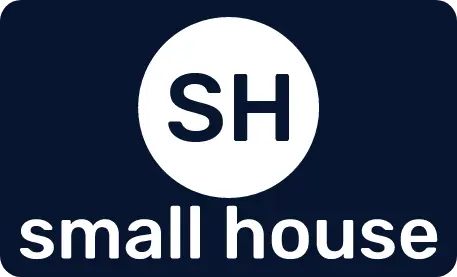Prefab Tiny Houses and the Environment: Small Footprint, Big Impact

The tiny house movement is growing rapidly. More people are choosing simpler, sustainable, and affordable living options. Among the various approaches to tiny house living, prefab (prefabricated) tiny houses are emerging as a popular choice. This comprehensive guide explores the rise of prefab tiny homes, their benefits, challenges, and what to consider when choosing a prefab tiny home.
Prefab tiny houses are built in factories, then moved to their final spot. They use pre-made sections or modules. Unlike traditional builds, they aren’t made fully on-site. This speeds up construction and lowers costs.

Prefab Homes: Sustainable Materials and Energy Use
- Affordability: Prefab tiny houses can be more cost-effective than traditional on-site builds. The controlled environment of a factory reduces waste and labor costs, leading to savings for the buyer.
- Efficiency: The construction process for prefab homes is typically faster than building on-site. Factory-built modules reduce weather delays. On-site construction challenges are also minimized.
- Sustainability: Many prefab tiny houmes are designed with sustainability in mind. Efficient material use and reduced waste make them eco-friendly. They also offer the potential for green technologies.
- Customization: Prefab homes are built from pre-designed modules. However, many manufacturers still offer customization options. Buyers can often choose from various floor plans, finishes, and features to create a home that suits their needs.

- Portability: Prefab tiny homes, especially those built on wheels, offer the flexibility to relocate. It appeals to those wanting a mobile lifestyle. They don’t have to sacrifice the comforts of a well-built home.
- Zoning and Regulations: Zoning laws and building codes can be a hurdle for prefab tiny house owners. Not all areas welcome tiny houses. Some have restrictions on placing prefab homes.
- Transportation: Transporting a prefab tiny house can be tricky and expensive. Larger units cost more to move. Always consider logistics and delivery fees.

- Limited Customization: While customization is possible, it’s usually less extensive than with traditional builds. Buyers might need to compromise on some design aspects. This is due to the modular nature of prefab construction.
- Resale Value: The resale market for tiny houses is still developing, and the value of prefab homes can vary. Potential buyers should research the resale value in their area. This is important before committing to a purchase.
Environmental Advantages
- Research Manufacturers: Not all prefab tiny house manufacturers are equal. Check the reputation and reviews of builders to ensure a quality home.
- Understand Local Laws: Before purchasing, familiarize yourself with local zoning laws and building codes. Ensure that your prefab tiny house meets all legal requirements in your desired location.
- Budget for Additional Costs: Consider costs beyond the home itself, such as transportation and installation. Also, factor in utility hookups and potential land purchase costs.
- Think Long-Term: Consider how the prefab tiny house will meet your needs in the long term. Consider your lifestyle, family growth, and future mobility before deciding.

Benefits of Prefab Tiny Homes
As the tiny house movement continues to grow, prefab tiny houses are likely to become even more popular. Technology advances and demand for affordable housing will drive prefab home evolution. Sustainability focus will also influence their development. Prefab tiny houses are great for a mobile retreat or minimalist lifestyle. They also offer an affordable housing solution.
Potential owners should weigh the benefits and challenges. This helps them find a prefab tiny house that suits their needs.
As prefab tiny houses aim to minimize environmental impact, it’s worth exploring how they generate power sustainably. Learn more in our guide on energy generation in tiny homes, where we cover solar systems and other eco-friendly solutions.

